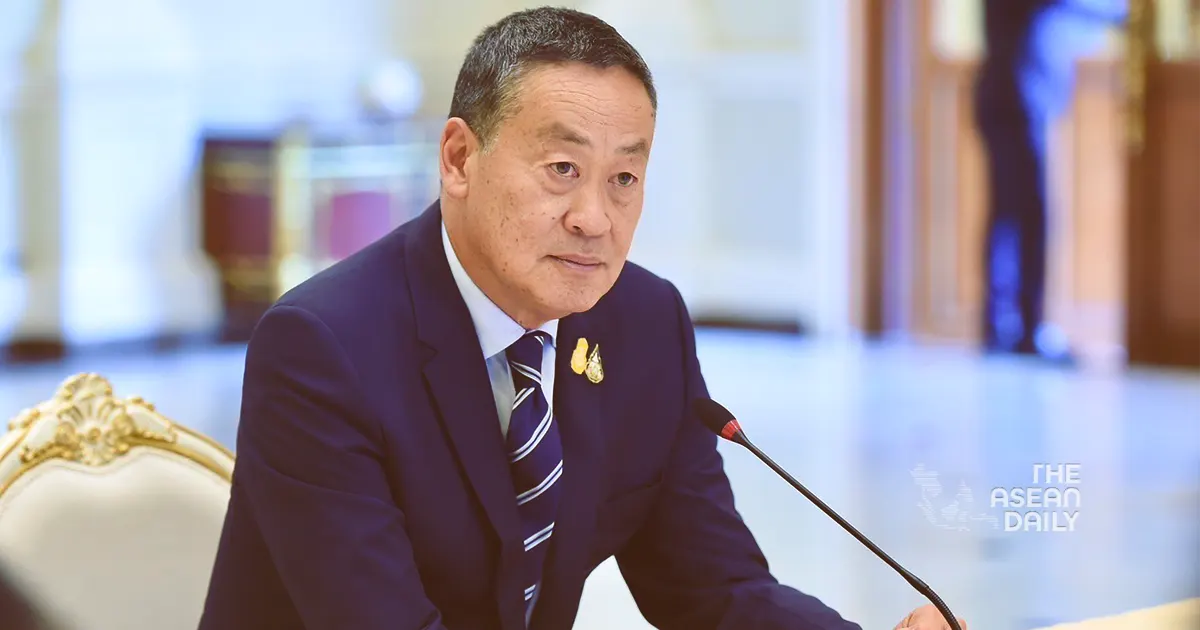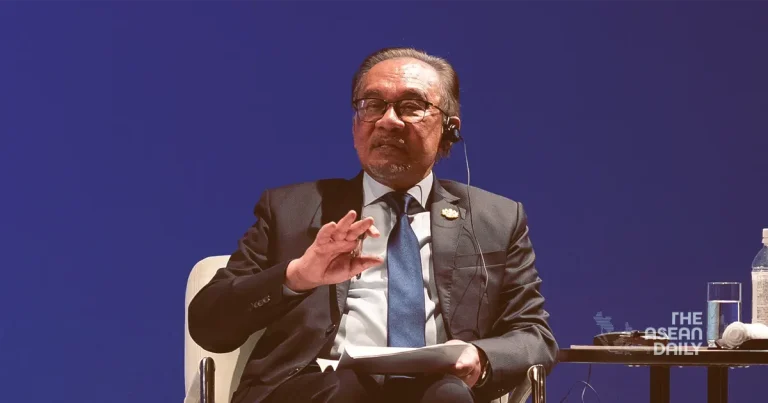25-7-2024 (KUALA LUMPUR) While Thailand grapples with policy uncertainty and political upheaval, an unlikely contender has emerged as a beacon of stability and economic promise in Southeast Asia: Malaysia. Once marred by scandals and political turmoil, this nation is undergoing a remarkable transformation, attracting foreign investment and charting a course towards economic resurgence.
For years, Malaysia had been the epitome of political instability, cycling through three prime ministers in just four years following the departure of Najib Razak in 2018 amidst the 1MDB scandal that tainted not only his administration but also the country’s reputation. Populist policies took precedence as political survival overshadowed long-term strategic economic considerations.
As a result, Malaysia lagged behind more politically stable and reform-minded nations such as India and Vietnam in attracting investors seeking to diversify away from China. From a widening fiscal deficit to low growth, Malaysia joined Thailand as an economic laggard in the region.
Fast forward to today, and Malaysia is rapidly rising in investors’ perceptions as the comeback kid of Asia, leaving behind its troubled past and attracting an influx of portfolio inflows and long-term capital. Thanks to his Pakatan Harapan alliance in parliament, Prime Minister Anwar Ibrahim is likely to remain in power until the next general election, expected in 2027, opening up more policy space in the short term.
More politically difficult reforms have taken center stage, including rationalizing the diesel subsidy, raising the sales and services tax from 6% to 8%, and reviving a new light-rail transit system in Penang. Efforts to reduce subsidies are expected to narrow the budget deficit to 4.3% of gross domestic product this year, down from 5.1% in 2023.
This newfound political space has also allowed Malaysia to attract more foreign investment and focus on industrialization. The government’s New Industrial Master Plan 2030, introduced last year, targets sectors such as aerospace, chemicals, electrical and electronics, pharmaceuticals, and medical devices, while pinpointing four new growth areas: advanced materials, electric vehicles, renewable energy, and carbon capture, utilization, and storage.
Rising tensions between the United States and China have made Malaysia a beneficiary of companies seeking a location with solid infrastructure, talent, and an existing ecosystem of high-tech manufacturing. Malaysia is well-positioned to benefit from medium to high-tech, capital-intensive supply chain diversification, from semiconductors to data centers. The anticipated signing of the Johor-Singapore Special Economic Zone (JS-SEZ) agreement in September is expected to capitalize on Malaysia’s relatively cheaper input costs for strategic sectors such as data centers.
Foreign direct investment (FDI) inflows soared from $34 billion in 2014 to $58 billion in 2023. While net FDI fell to $9 billion last year from $17 billion in 2022 as Malaysian companies took advantage of growth opportunities in regional counterparts like Vietnam and the Philippines, the volume of mergers and acquisitions surged 87% from a year ago to $8.3 billion, according to Bloomberg.
As Malaysia gains traction as an attractive destination for high-tech investment and a key player in the semiconductor, data processing, renewable energy, and electric vehicle value chains, interest has piqued not just from Western companies but also those in the Middle East and China.

In contrast, Thailand is embarking on a populist budget that includes digital cash handouts, which will widen the fiscal deficit and are unlikely to add a productivity lift to the country. Thailand’s fragile politics have motivated Prime Minister Srettha Thavisin to prioritize short-term gains that undermine longer-term fiscal sustainability, leading to clashes with the Bank of Thailand over monetary policy and fiscal prudence.
Such short-termism reflects Thailand’s undulating political landscape, with the fate of the prime minister uncertain as the Constitutional Court weighs whether he should be dismissed, and the opposition Move Forward Party, which won last year’s elections and is the largest party in parliament, awaiting a court decision on disbandment. Both cases have spooked investors and raised Thailand’s risk premium, leading to portfolio outflows.
While Malaysia appears to be turning things around, signs of political risks lurk ahead of the 2027 general elections. The recent low turnout of Chinese Malaysians and Indian Malaysians in a local Penang election might be a cautionary tale of dissatisfaction with Anwar’s alliance, which could alienate his base while failing to make inroads with Malay voters.
Anwar has yet to fully address his campaign promise to push for needs-based rather than race-based affirmative action economic reforms. He has also had to contend with corruption issues, following the halving of Najib’s sentence and the anti-graft chief Azam Baki remaining in his post despite a stock-ownership scandal.
Still, Anwar has taken important steps in rationalizing subsidies and increasing tax revenue. While the window of reform remains open, he needs to do more to gain much-needed foreign investment and pave the way for expanding economic opportunities, cementing Malaysia’s remarkable comeback story on the global stage.




